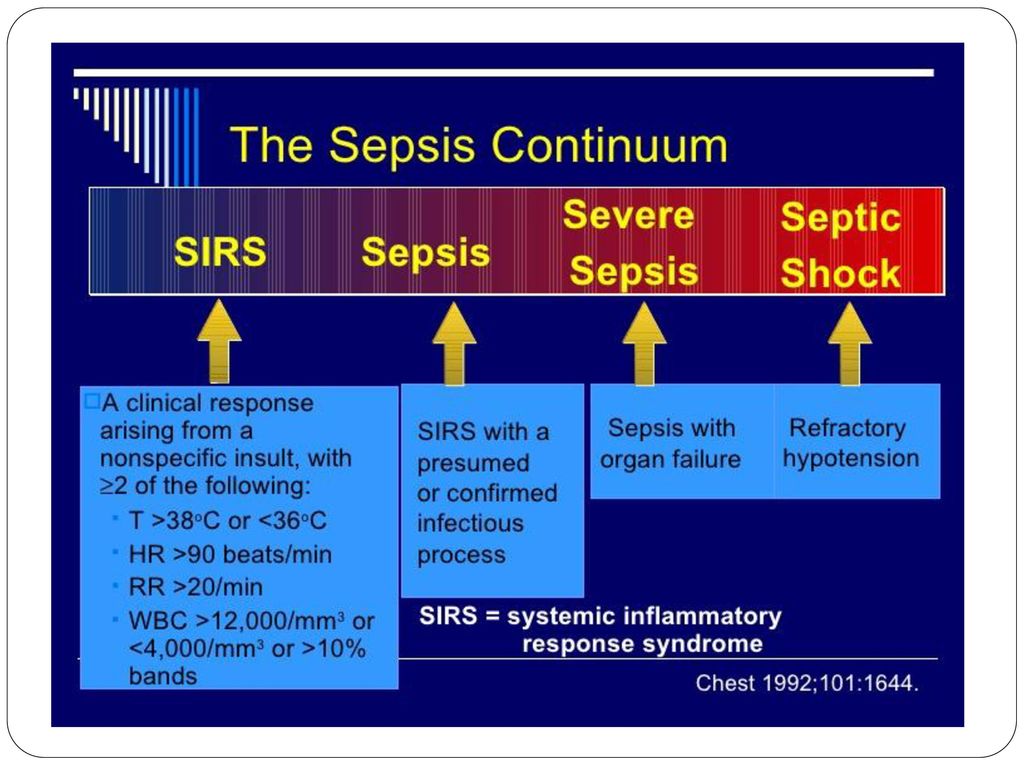What does it mean when an infection goes septic. Understanding Sepsis: Symptoms, Causes, and Risks of Infection Gone Septic
What happens when an infection turns septic. How to recognize the symptoms of sepsis. Who is at higher risk of developing sepsis. When to seek medical attention for a potential septic infection.
What is Sepsis and How Does it Develop?
Sepsis is a severe medical condition that occurs when the body’s response to infection spirals out of control. Instead of fighting off the infection, the body’s immune system goes into overdrive, causing widespread inflammation and potential organ damage. This life-threatening condition can rapidly progress to septic shock if left untreated.
How does a regular infection turn septic? In sepsis, the immune response becomes dysregulated, attacking the body’s own tissues and organs instead of just targeting the pathogen. This can lead to a cascade of harmful effects throughout the body.
Stages of Sepsis
- Infection: The initial trigger, which can be bacterial, viral, or fungal
- Systemic Inflammatory Response Syndrome (SIRS): The body’s overactive response to the infection
- Sepsis: When organ dysfunction begins to occur
- Severe Sepsis: Multiple organ systems are affected
- Septic Shock: Dangerous drop in blood pressure and potential organ failure
Recognizing the Symptoms of Sepsis
Identifying sepsis early is crucial for effective treatment. The symptoms of sepsis can be subtle and may vary from person to person. They often mimic other conditions, making diagnosis challenging. Here are some key signs to watch for:
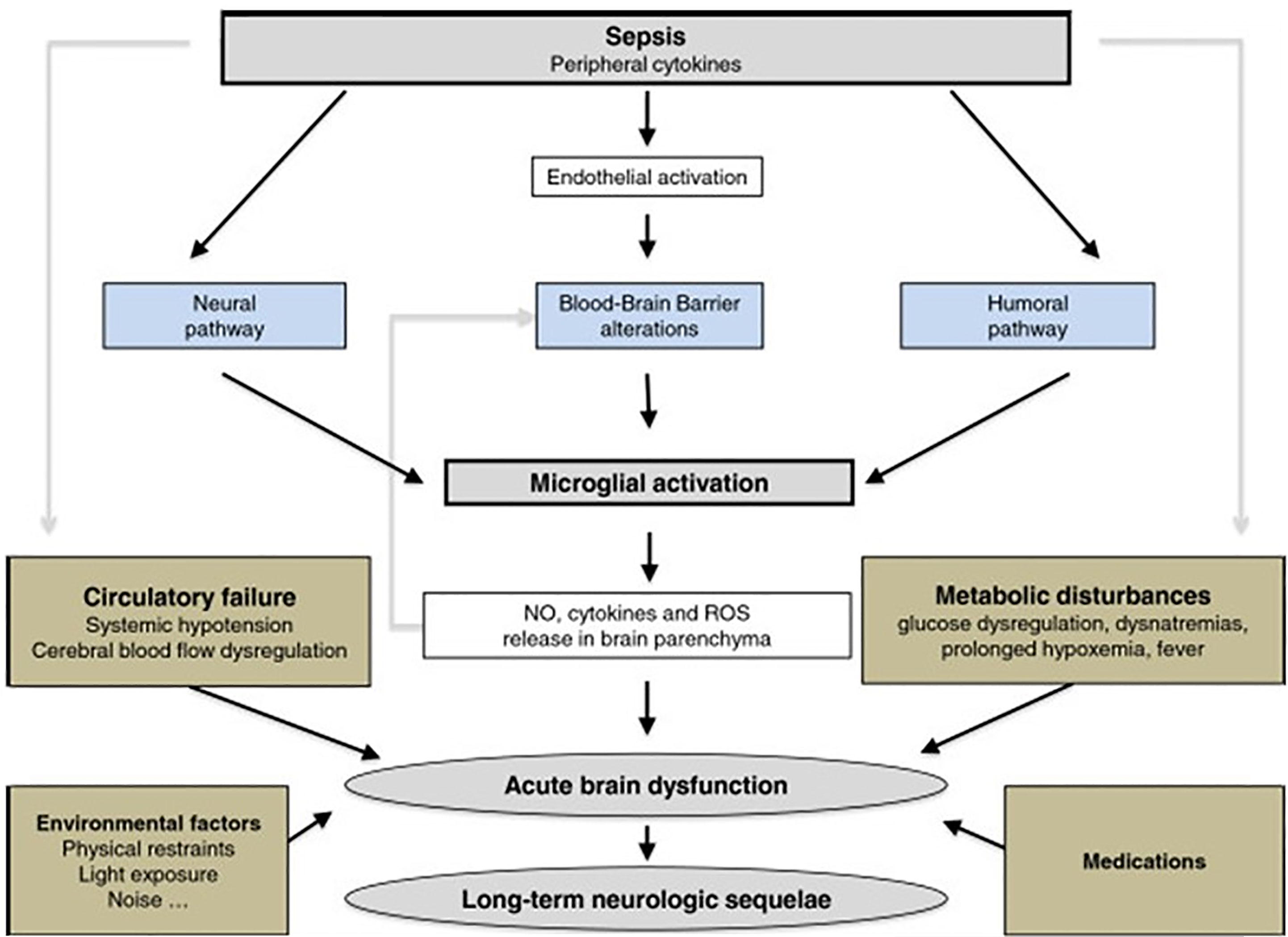
- Change in mental status or confusion
- Rapid, shallow breathing
- Unexplained sweating
- Feeling lightheaded or dizzy
- Shivering or fever
- Extreme pain or discomfort
- Clammy or mottled skin
Is there a quick way to remember sepsis symptoms? Medical professionals often use the acronym TIME to identify potential sepsis:
- T – Temperature (higher or lower than normal)
- I – Infection signs
- M – Mental decline
- E – Extremely ill
Septic Shock: A Medical Emergency
As sepsis progresses, it can lead to septic shock, a critical condition characterized by a severe drop in blood pressure. Symptoms of septic shock include:
- Inability to stand up
- Extreme drowsiness or difficulty staying awake
- Severe confusion or disorientation
- Difficulty breathing
- Pale or discolored skin
Septic shock is a medical emergency requiring immediate intervention. The mortality rate for septic shock is alarmingly high, ranging from 30% to 40%.
Common Causes and Sources of Sepsis
While any infection can potentially lead to sepsis, certain types are more commonly associated with this condition. Understanding these sources can help in early identification and prevention.
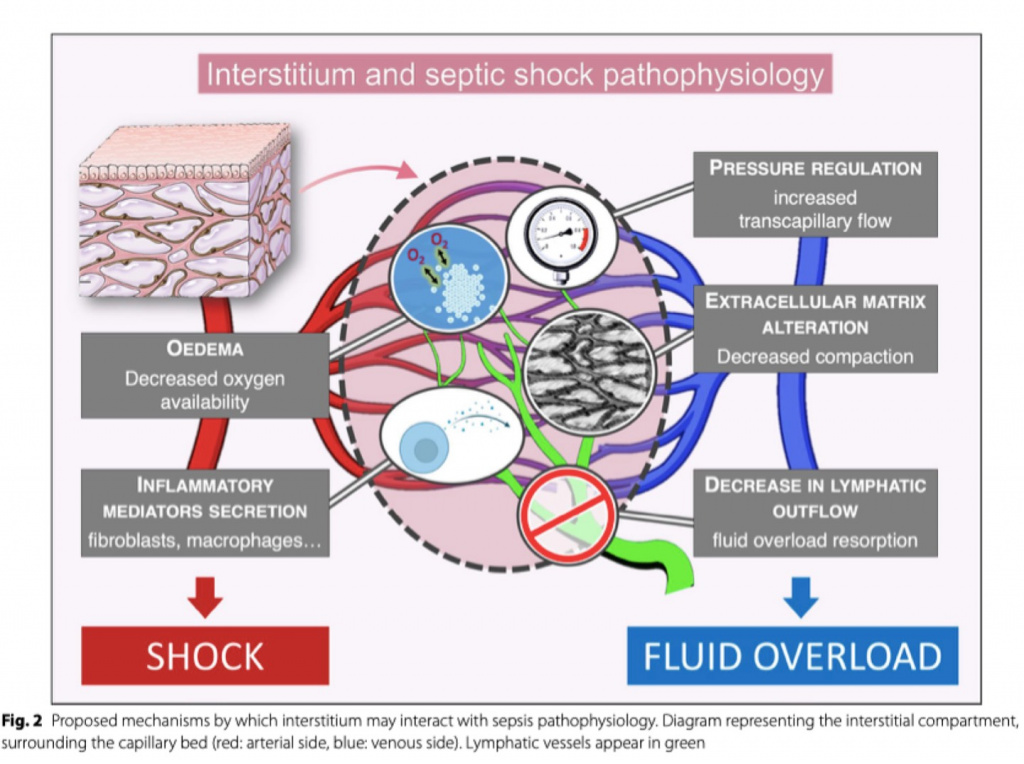
Primary Infection Sites
- Lungs (pneumonia)
- Urinary tract (kidney or bladder infections)
- Digestive system
- Bloodstream (bacteremia)
- Skin (cellulitis or infected wounds)
- Catheter or IV insertion sites
Can viral infections cause sepsis? While bacterial infections are the most common cause, viral infections, including influenza and COVID-19, can also lead to sepsis. Fungal infections, though less common, pose a risk as well, especially in immunocompromised individuals.
Hospital-Acquired Infections
Nosocomial infections, or those acquired in healthcare settings, are a significant concern. These can occur due to:
- Prolonged hospital stays
- Invasive procedures
- Use of medical devices (catheters, ventilators)
- Antibiotic-resistant bacteria
Who is at Higher Risk for Developing Sepsis?
While sepsis can affect anyone, certain groups are more vulnerable. Understanding these risk factors can help in early detection and prevention.
Age-Related Risks
- Elderly individuals (over 65 years)
- Infants and young children
Why are these age groups more susceptible? The immune system in these age groups may be less effective at fighting infections, making it easier for an infection to progress to sepsis.

Medical Conditions Increasing Sepsis Risk
- Chronic diseases (diabetes, kidney disease, COPD)
- Immunocompromised states (HIV, cancer treatments)
- Recent use of broad-spectrum antibiotics
- Corticosteroid treatment
How do these conditions increase sepsis risk? These conditions either weaken the immune system or make the body more susceptible to infections, increasing the likelihood of sepsis development.
Prevention Strategies and Early Intervention
Preventing sepsis starts with good hygiene and prompt treatment of infections. Here are some key strategies:
- Practice good hand hygiene
- Keep wounds clean and protected
- Stay up to date on vaccinations
- Manage chronic conditions effectively
- Seek medical attention promptly for infections
How can healthcare providers improve sepsis outcomes? Early recognition and rapid treatment are crucial. Many hospitals have implemented sepsis protocols to ensure quick diagnosis and initiation of treatment.
The Sepsis Six Protocol
This protocol outlines six interventions to be completed within one hour of sepsis recognition:

- Administer high-flow oxygen
- Take blood cultures
- Give broad-spectrum antibiotics
- Start IV fluid resuscitation
- Measure serum lactate and hemoglobin
- Monitor urine output
Treatment Approaches for Sepsis
The treatment of sepsis requires a multi-faceted approach, often in an intensive care setting. The primary goals are to treat the underlying infection, support organ function, and prevent complications.
Antimicrobial Therapy
Broad-spectrum antibiotics are typically started immediately, even before the specific pathogen is identified. As culture results become available, therapy may be tailored to target the specific organism.
Supportive Care
- Intravenous fluids to maintain blood pressure
- Vasopressors if fluids alone are insufficient
- Oxygen therapy or mechanical ventilation if needed
- Dialysis in cases of kidney failure
What role do corticosteroids play in sepsis treatment? In some cases of septic shock, low-dose corticosteroids may be used to help stabilize blood pressure, though their use remains controversial.
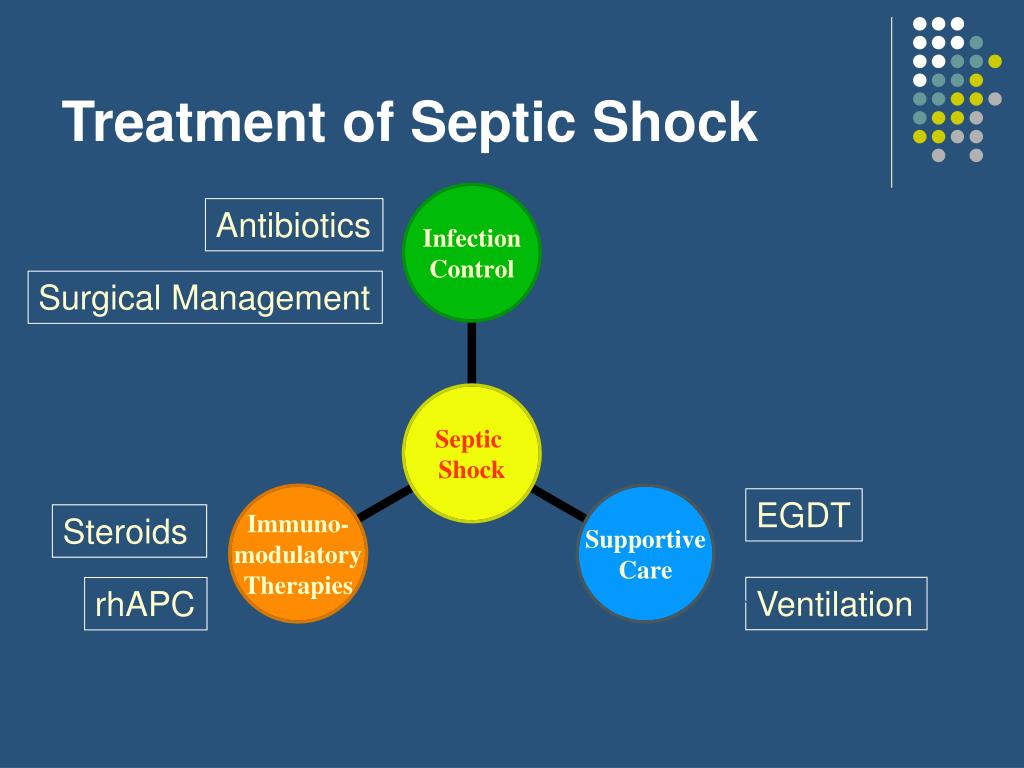
Emerging Therapies
Research into new treatments for sepsis is ongoing. Some areas of investigation include:
- Immunomodulatory therapies
- Targeted molecular therapies
- Extracorporeal blood purification techniques
Long-Term Effects and Recovery from Sepsis
Surviving sepsis is just the beginning of the journey for many patients. The aftermath of sepsis can have lasting effects on physical and mental health.
Post-Sepsis Syndrome
Many sepsis survivors experience a collection of symptoms known as Post-Sepsis Syndrome (PSS). These may include:
- Fatigue and weakness
- Muscle and joint pain
- Sleep disturbances
- Cognitive impairment (“brain fog”)
- Anxiety and depression
- Increased susceptibility to infections
How long can Post-Sepsis Syndrome last? The duration varies, but symptoms can persist for months or even years after the initial sepsis episode.
Rehabilitation and Support
Recovery from sepsis often requires a comprehensive approach:
- Physical therapy to regain strength and mobility
- Occupational therapy for daily living skills
- Cognitive rehabilitation for mental function
- Psychological support for emotional well-being
- Nutritional guidance for overall health
Support groups and patient education programs can play a crucial role in the recovery process, providing both information and emotional support.

Advancing Sepsis Research and Awareness
Despite its prevalence and severity, sepsis remains under-recognized by the general public. Ongoing research and awareness campaigns are crucial for improving outcomes.
Current Research Focus
- Biomarker discovery for early detection
- Personalized treatment approaches
- Understanding the long-term effects of sepsis
- Developing new antimicrobial strategies
How can individuals contribute to sepsis research? Participating in clinical trials, supporting research foundations, and sharing personal experiences can all help advance our understanding of sepsis.
Global Sepsis Initiatives
Organizations like the Global Sepsis Alliance and the Sepsis Alliance work to increase awareness, improve care, and support research worldwide. Their efforts include:
- World Sepsis Day (September 13th)
- Development of sepsis guidelines
- Advocacy for policy changes
- Education programs for healthcare providers and the public
By raising awareness and promoting early recognition, these initiatives aim to reduce the global burden of sepsis and improve outcomes for patients worldwide.

Sepsis – Symptoms & causes
Overview
Sepsis is a serious condition in which the body responds improperly to an infection. The infection-fighting processes turn on the body, causing the organs to work poorly.
Sepsis may progress to septic shock. This is a dramatic drop in blood pressure that can damage the lungs, kidneys, liver and other organs. When the damage is severe, it can lead to death.
Early treatment of sepsis improves chances for survival.
Products & Services
Symptoms
Symptoms of sepsis
Symptoms of sepsis may include:
- Change in mental status.
- Fast, shallow breathing.
- Sweating for no clear reason.
- Feeling lightheaded.
- Shivering.
- Symptoms specific to the type of infection, such as painful urination from a urinary tract infection or worsening cough from pneumonia.

Symptoms of sepsis are not specific. They can vary from person to person, and sepsis may appear differently in children than in adults.
Symptoms of septic shock
Sepsis may progress to septic shock. Septic shock is a severe drop in blood pressure. Progression to septic shock raises the risk of death. Symptoms of septic shock include:
- Not being able to stand up.
- Strong sleepiness or hard time staying awake.
- Major change in mental status, such as extreme confusion.
When to see a doctor
Any infection could lead to sepsis. Go to a health care provider if you have symptoms of sepsis or an infection or wound that isn’t getting better.
Symptoms such as confusion or fast breathing need emergency care.
Causes
Any type of infection can lead to sepsis. This includes bacterial, viral or fungal infections. Those that more commonly cause sepsis include infections of:
- Lungs, such as pneumonia.

- Kidney, bladder and other parts of the urinary system.
- Digestive system.
- Bloodstream.
- Catheter sites.
- Wounds or burns.
Risk factors
Some factors that increase the risk infection will lead to sepsis include:
- People over age 65.
- Infancy.
- People with lower immune response, such as those being treated for cancer or people with human immunodeficiency virus (HIV).
- People with chronic diseases, such as diabetes, kidney disease or chronic obstructive pulmonary disease (COPD).
- Admission to intensive care unit or longer hospital stays.
- Devices that go in the body, such as catheters in the vein, called intravenous, or breathing tubes.
- Treatment with antibiotics in the last 90 days.
- A condition that requires treatment with corticosteroids, which can lower immune response.
Complications
As sepsis worsens, vital organs, such as the brain, heart and kidneys, don’t get as much blood as they should.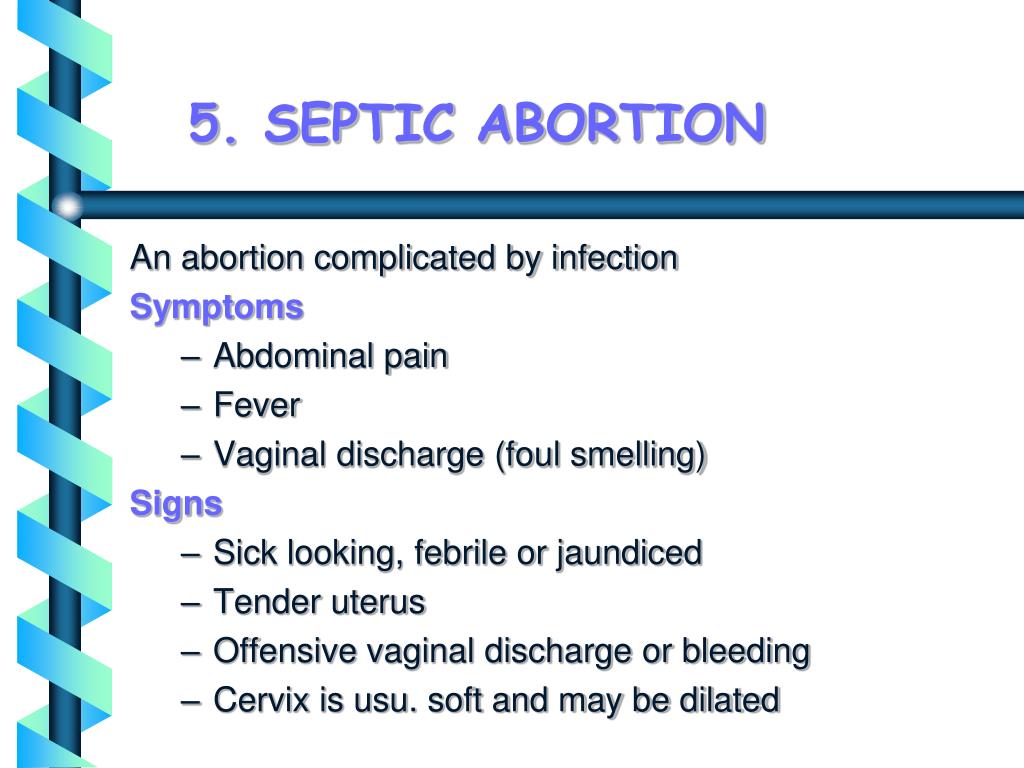 Sepsis may cause atypical blood clotting. The resulting small clots or burst blood vessels may damage or destroy tissues.
Sepsis may cause atypical blood clotting. The resulting small clots or burst blood vessels may damage or destroy tissues.
Most people recover from mild sepsis, but the mortality rate for septic shock is about 30% to 40%. Also, an episode of severe sepsis raises the risk for future infections.
Sepsis – Symptoms & causes
Overview
Sepsis is a serious condition in which the body responds improperly to an infection. The infection-fighting processes turn on the body, causing the organs to work poorly.
Sepsis may progress to septic shock. This is a dramatic drop in blood pressure that can damage the lungs, kidneys, liver and other organs. When the damage is severe, it can lead to death.
Early treatment of sepsis improves chances for survival.
Products & Services
Symptoms
Symptoms of sepsis
Symptoms of sepsis may include:
- Change in mental status.

- Fast, shallow breathing.
- Sweating for no clear reason.
- Feeling lightheaded.
- Shivering.
- Symptoms specific to the type of infection, such as painful urination from a urinary tract infection or worsening cough from pneumonia.
Symptoms of sepsis are not specific. They can vary from person to person, and sepsis may appear differently in children than in adults.
Symptoms of septic shock
Sepsis may progress to septic shock. Septic shock is a severe drop in blood pressure. Progression to septic shock raises the risk of death. Symptoms of septic shock include:
- Not being able to stand up.
- Strong sleepiness or hard time staying awake.
- Major change in mental status, such as extreme confusion.
When to see a doctor
Any infection could lead to sepsis. Go to a health care provider if you have symptoms of sepsis or an infection or wound that isn’t getting better.
Symptoms such as confusion or fast breathing need emergency care.
Causes
Any type of infection can lead to sepsis. This includes bacterial, viral or fungal infections. Those that more commonly cause sepsis include infections of:
- Lungs, such as pneumonia.
- Kidney, bladder and other parts of the urinary system.
- Digestive system.
- Bloodstream.
- Catheter sites.
- Wounds or burns.
Risk factors
Some factors that increase the risk infection will lead to sepsis include:
- People over age 65.
- Infancy.
- People with lower immune response, such as those being treated for cancer or people with human immunodeficiency virus (HIV).
- People with chronic diseases, such as diabetes, kidney disease or chronic obstructive pulmonary disease (COPD).
- Admission to intensive care unit or longer hospital stays.
- Devices that go in the body, such as catheters in the vein, called intravenous, or breathing tubes.

- Treatment with antibiotics in the last 90 days.
- A condition that requires treatment with corticosteroids, which can lower immune response.
Complications
As sepsis worsens, vital organs, such as the brain, heart and kidneys, don’t get as much blood as they should. Sepsis may cause atypical blood clotting. The resulting small clots or burst blood vessels may damage or destroy tissues.
Most people recover from mild sepsis, but the mortality rate for septic shock is about 30% to 40%. Also, an episode of severe sepsis raises the risk for future infections.
Symptoms and treatment of sepsis – articles by specialists of the ITC MVA
Likhacheva O.V. – Veterinarian of the Therapy Department of the ITC MVA.
Sepsis is a systemic inflammatory reaction to an infectious process when the body cannot localize it.
Septic shock – the end stage of sepsis.
Conditions such as trauma, burns, systemic neoplasia, tissue ischemia have a similar course and their final stages do not differ from sepsis and are designated by one term – systemic inflammatory response syndrome (SIRS – systemic inflammatory response Syndrome).
Sepsis is caused by bacteria and fungi. Most often it is streptococci, staphylococci, Escherichia coli.
The leading symptoms are a significant increase or decrease in body temperature, shortness of breath, tachycardia, leukocytosis or leukopenia.
According to modern concepts, the pathogenesis of sepsis development is presented as follows :
The body reacts to the introduction of an infectious agent by activating the immune system. Initially, this is a local reaction to injury or infection. With an increase in the inflammatory reaction, cytokines (inflammatory mediators) are released into the blood, where, due to the balance between them and endogenous antagonists, conditions are created to suppress microorganisms. With the generalization of the inflammatory process, the regulatory systems are no longer able to maintain homeostasis, and the destructive activity of cytokines and other inflammatory mediators is manifested. There is an expansion of the vessels of the arterial and venous bed, an increase in the permeability of capillaries. In this stage, there is an increase in cardiac output, hyperemia of the mucous membranes, tachycardia. As a rule, the filling rate of capillaries is less than 2 seconds. This is the hyperdynamic phase of septic shock, which, without therapeutic intervention, passes into the hypovolemic phase.
With the generalization of the inflammatory process, the regulatory systems are no longer able to maintain homeostasis, and the destructive activity of cytokines and other inflammatory mediators is manifested. There is an expansion of the vessels of the arterial and venous bed, an increase in the permeability of capillaries. In this stage, there is an increase in cardiac output, hyperemia of the mucous membranes, tachycardia. As a rule, the filling rate of capillaries is less than 2 seconds. This is the hyperdynamic phase of septic shock, which, without therapeutic intervention, passes into the hypovolemic phase.
It is characterized by the release of plasma into the intercellular space through the damaged endothelial layer of the vessels, which can be symptomatically established by the cold peripheral parts of the body, pale gray mucous membranes and poorly filled pulse. The body experiences severe hypoxia. This increases blood viscosity and thrombosis. Disseminated intravascular coagulation develops – DIC syndrome.
The end stage of SIRS is multiple organ failure, which significantly worsens the prognosis.
Symptoms of sepsis are not specific, therefore, if sepsis is suspected, it is necessary to stop the main cause of inflammation, most often these are abscesses, purulent inflammation of the uterus (pyometra), wounds, peritonitis, urinary tract infections, surgical treatment of the focus of infection, if possible, and start the use of antibacterial drugs, after taking an analysis for cytological and bacteriological examination.
If the inflammatory focus is not found, we give a bacteriological analysis of blood and urine. Often the cause of infection is localized in the abdominal cavity. To study it, radiography and ultrasound diagnostics are used. With deep biting, bullet wounds, with blunt trauma, diagnostic abdomenocentesis or diagnostic peritoneal lavage is used.
The sooner signs of sepsis are recognized and treated, the greater the chance of a favorable outcome.
Treatment of sepsis always requires constant medical supervision in a hospital and intensive care setting.
– identification and relief of a septic focus, necessary surgical procedures and, without fail, antibiotic therapy using 1 or more broad-spectrum drugs in maximum single and daily dosages.
– liquid therapy.
– symptomatic therapy.
– parenteral nutrition.
– control of the general condition and laboratory parameters.
Intensive therapy should be carried out until clear and persistent signs of improvement in the animal’s condition.
The prognosis for the development of a septic process is always cautious. Therefore, with various injuries, it is necessary to pay due attention to the treatment and timely treatment of wounds.
Back to list
What is sepsis and septic shock
Sepsis is a life-threatening reaction of the body to infection. Like strokes or heart attacks, sepsis is a medical emergency. Without prompt treatment, this condition can lead to tissue damage, organ failure, and death.
Like strokes or heart attacks, sepsis is a medical emergency. Without prompt treatment, this condition can lead to tissue damage, organ failure, and death.
Septic shock is the most severe form of sepsis and is difficult to treat.
Sepsis occurs when an infection already in the body causes an overreaction. Any infection can lead to sepsis: most often bacterial, but also fungi, such as Candida and viruses can also be the cause, although this is rare.
Sepsis can start with a small cut where bacteria can get in. Sometimes it occurs in people who didn’t even know they had some kind of infection.
Infections most commonly associated with sepsis:
- pneumonia;
- infections of the kidneys and urinary system;
- infections of the digestive system;
- infections of wounds, burns or catheter sites.

It is believed that sepsis develops due to an infection that people caught in the hospital, for example after surgery. This can indeed happen, but statistics show that up to 87% of sepsis cases begin with infections that people have contracted at work, at school or at home.
Although anyone with an infection can get sepsis, some people are at higher risk:
- older people aged 65 or older;
- people with chronic diseases such as diabetes, lung disease, cancer and kidney disease;
- people with weakened immune systems;
- people with a history of sepsis, hospitalization, or severe illness;
- pregnant women;
- children under one year old.
Symptoms of sepsis may appear suddenly. Among them:
Among them:
- irregular breathing;
- rapid heartbeat or weak pulse;
- confusion of consciousness and disorientation in time, place, self;
- severe pain and discomfort;
- fever, chills or feeling very cold;
- clammy and sweaty skin.
Sepsis often develops in people who are already in the hospital. But even outside the clinic, you should be attentive to your symptoms. Call your doctor if you have infections or wounds that don’t heal for a long time, or if you have any of the symptoms listed above.
To diagnose sepsis, doctors check for:
- fever;
- low blood pressure;
- increased heart rate;
- difficult breathing.

Health care providers also do tests to check for infection or organ damage. Some research is helping to find the microbe that caused the infection that led to sepsis. Tests may include:
- blood test, including procalcitonin – this protein is practically not detected in the blood of healthy people, but doctors detect high concentrations with a bacterial infection;
- urine or stool test;
- respiratory secretion testing – examining a sample of saliva, sputum or mucus;
- wound culture testing, where a small sample of tissue, skin, or fluid is taken from an affected area for testing;
- imaging studies such as X-ray, ultrasound, CT or MRI.
Sepsis can be difficult to diagnose. Its symptoms can sometimes be similar to those of other illnesses, such as the flu or a lung infection.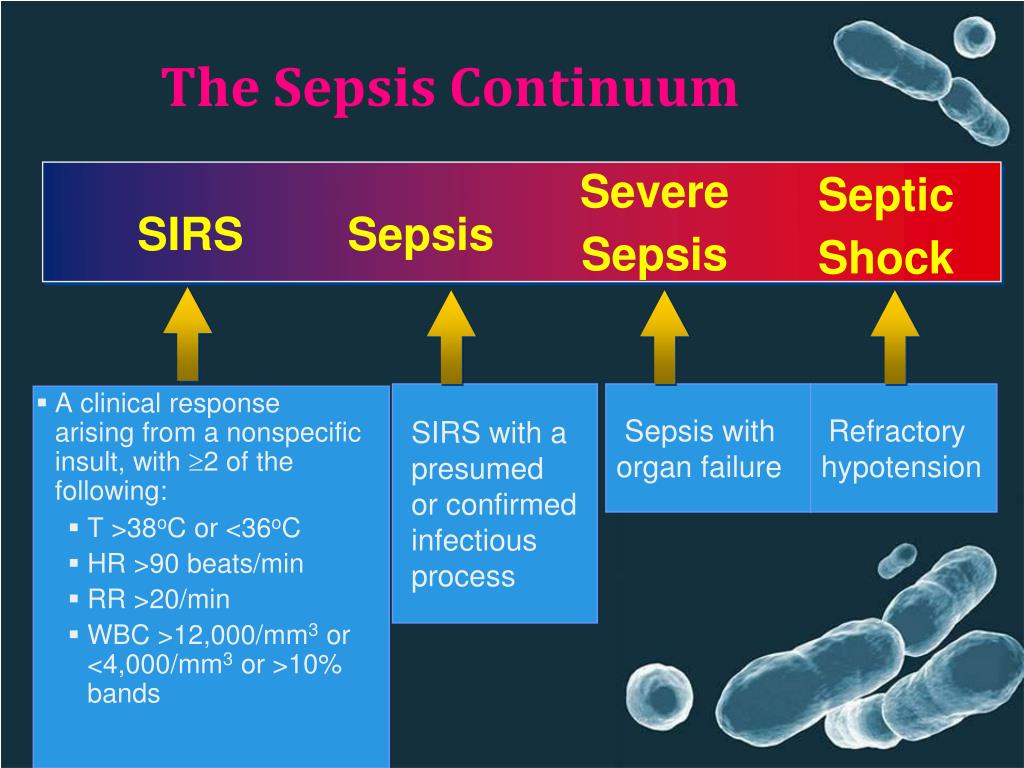
It is important that sepsis treatment is started as early as possible to increase the chances of recovery. The likelihood of progression from sepsis to septic shock increases by 4–9% for every hour of delay in treatment.
People with sepsis require constant monitoring and treatment in the intensive care unit of a hospital. Life-saving measures may be required to stabilize breathing and heart function.
Treatment of sepsis usually requires intravenous fluids, antibiotics, and vasopressors, drugs that constrict blood vessels and increase blood pressure. Sometimes surgery is done to remove tissue damaged by the infection.
Sepsis may not immediately progress to septic shock, there is an intermediate condition called severe sepsis. Severe sepsis occurs when one or more organs stop working properly. For example, when a person needs a ventilator to breathe or dialysis to filter toxins from the blood.




